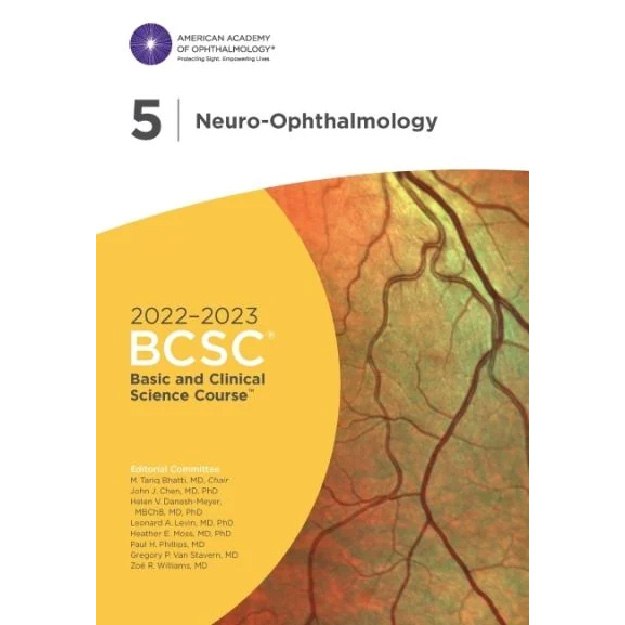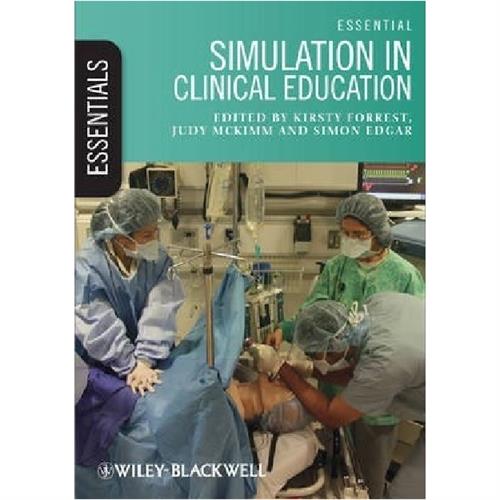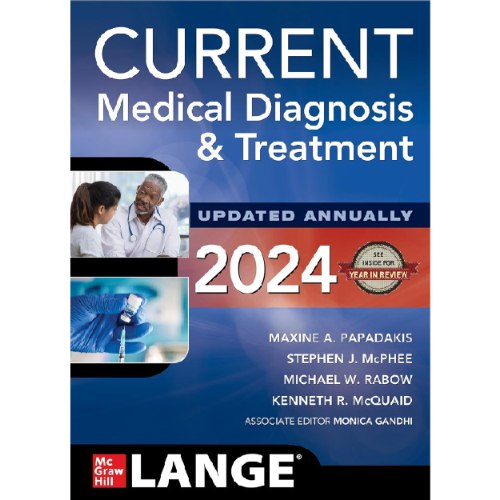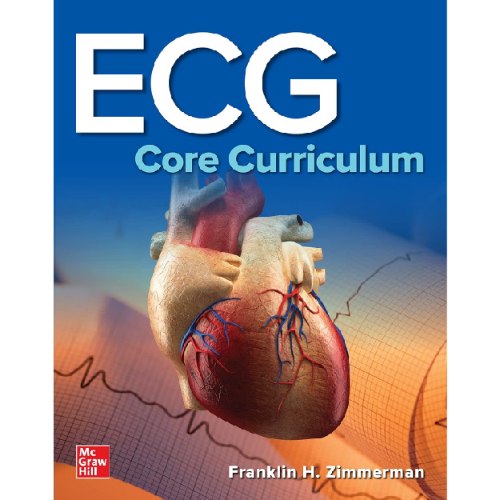Basic and Clinical Science Course2022-2023 - Section Section 05: Neuro-Ophthalmology
9781681045450
-
₪1,060.00₪1,179.00
אזל המלאי
פריט זה ניתן על ידי קרדיטים.
לחצו על "הוספה לעגלה" להמשך
לחצו על "הוספה לעגלה" להמשך
אזל המלאי עבור /
-
זמן אספקה ותנאי רכישההערות:
• זמן אספקה: הזמנות בהן כל הספרים זמינים במלאי - זמן אספקה – כ- 5 ימי עסקים (למעט אזורים חריגים בהם ייתכן עיכוב נוסף).
ספרים שאינם זמינים במלאי: זמן אספקה כ- 14 -30 ימי עסקים בהתאם למלאי במחסני המו"ל בחו"ל - הודעה תימסר ללקוח.
• הזמנה במשקל כולל של עד 14 קילו ישלחו ללקוח באמצעות חברת שליחויות עם שליח עד הבית (בישובים מסוימים המסירה תתבצע למרכז חלוקת הדואר המקומי)
• במידה וקיים עיכוב במשלוח ההזמנה או חוסר במלאי הספרים תשלח הודעה ללקוח.
• במידה ויבחר הלקוח עקב עיכוב במשלוח כנ"ל לבטל הזמנתו ויודיע על כך לידע, ידע מתחייבת לזכות החיוב.
• במידה ויתברר כי הספרים אזלו מהמלאי ולא ניתן לספקם - תשלח הודעה ללקוח.
• האיסוף העצמי ממשרדי ידע יבוצע רק לאחר הודעה ללקוח שההזמנה מוכנה לאיסוף.
דמי משלוח:
ניתן לבחור: 1. איסוף עצמי - ללא תשלום
2. משלוח עד הבית
BCSC2022-2023 - Section 05: Neuro-Ophthalmology / M. Tariq Bhatti
Beginning with the 2013-2014 edition, the Academy and the European Board of Ophthalmology (EBO) have partnered to make the BCSC (R) the standard text for all European ophthalmology training programs. The EBO now recommends the BCSC (R) as the primary educational resource for European trainees and ophthalmologists studying for the annual EBO Diploma Exam.
Section 5 provides a symptom-driven approach to the diagnosis and treatment of major neuro-ophthalmic conditions. Accordingly, the emphasis is on the examination of the patient - both basic and extended - and the appropriate use of adjunctive studies to determine the status of the patient's visual system as a whole.
This section includes a chapter on imaging in neuro-ophthalmology, which contains pages devoted to interpreting optical coherence tomography results (OCT), and a chapter on functional neurological symptom (conversion) and related disorders, including an overview of the most recent diagnostic categorization of these disorders.
An overview of the anatomy of visual pathways is accompanied by numerous illustrations. Increase your understanding with videos (sample), activities on orbital anatomy and the visual pathways, and an animation demonstrating visual snow.
Upon completion of Section 5, readers should be able to:
Explain a symptom-driven approach to the assessment of patients with common neuro-ophthalmic clinical manifestations and state an appropriate differential diagnosis.
Describe a plan for the immediate management of patients with neuro-ophthalmic emergencies.
Describe eye movement disorders and their anatomical relationship to the ocular motor system.
Explain functional neurological symptom (conversion) disorder, factitious disorder, and malingering, and list the various clinical tests that are used to evaluate functional vision loss.
Describe the neuro-ophthalmic effects of the most common neurologic and systemic disorders affecting the visual and ocular motor systems.
2022
The Academy's Basic and Clinical Science Course (TM) is ophthalmology's definitive source of clinical information. Practicing ophthalmologists and residents worldwide use the BCSC (R) to ensure the highest-quality patient care. Each of the 13 volumes includes up-to-date clinical knowledge, concise information, tables, self-assessment questions with answers, photos and illustrations and opportunities for earning AMA PRA Category 1 Credit (TM).Beginning with the 2013-2014 edition, the Academy and the European Board of Ophthalmology (EBO) have partnered to make the BCSC (R) the standard text for all European ophthalmology training programs. The EBO now recommends the BCSC (R) as the primary educational resource for European trainees and ophthalmologists studying for the annual EBO Diploma Exam.
Section 5 provides a symptom-driven approach to the diagnosis and treatment of major neuro-ophthalmic conditions. Accordingly, the emphasis is on the examination of the patient - both basic and extended - and the appropriate use of adjunctive studies to determine the status of the patient's visual system as a whole.
This section includes a chapter on imaging in neuro-ophthalmology, which contains pages devoted to interpreting optical coherence tomography results (OCT), and a chapter on functional neurological symptom (conversion) and related disorders, including an overview of the most recent diagnostic categorization of these disorders.
An overview of the anatomy of visual pathways is accompanied by numerous illustrations. Increase your understanding with videos (sample), activities on orbital anatomy and the visual pathways, and an animation demonstrating visual snow.
Upon completion of Section 5, readers should be able to:
Explain a symptom-driven approach to the assessment of patients with common neuro-ophthalmic clinical manifestations and state an appropriate differential diagnosis.
Describe a plan for the immediate management of patients with neuro-ophthalmic emergencies.
Describe eye movement disorders and their anatomical relationship to the ocular motor system.
Explain functional neurological symptom (conversion) disorder, factitious disorder, and malingering, and list the various clinical tests that are used to evaluate functional vision loss.
Describe the neuro-ophthalmic effects of the most common neurologic and systemic disorders affecting the visual and ocular motor systems.
מוצרים קשורים
-
יח'יח'יח'יח'
תודה על השיתוף
קיבלתם הנחת שיתוף מיוחדת! על מנת להינות מהנחה זו עליכם להוסיף את הפריט לעגלת הקניות בכפתור הוספה לעגלה.
הצטרפו לרשימת המתנה לחזרה למלאי
הצטרפות לרשימת ההמתנה בוצעה בהצלחה.
אנו נשלח אליכם מייל כאשר הפריט יחזור למלאי.






.png)